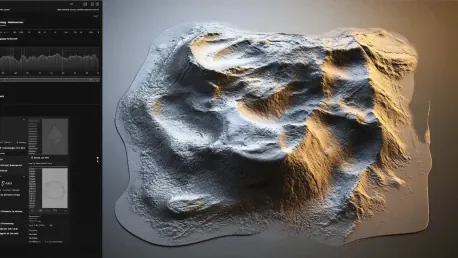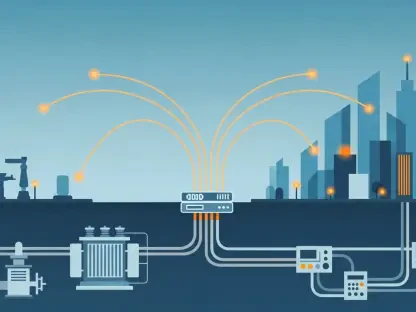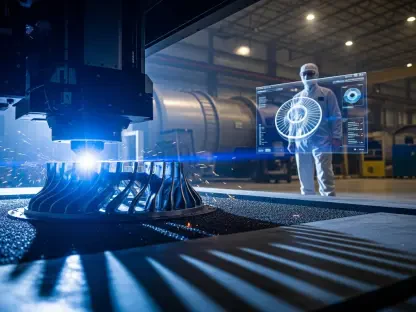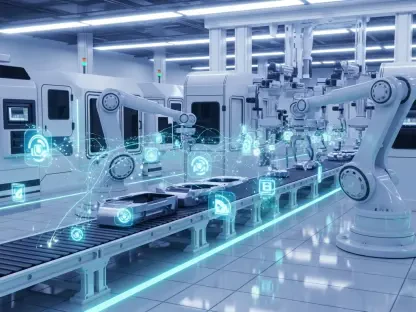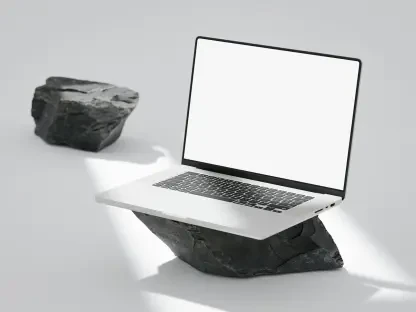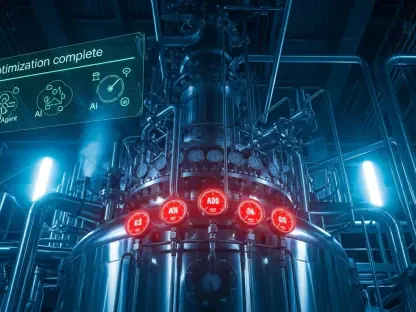With the recent launch of Substance 3D Sampler 5.0, Adobe appears poised to revolutionize the 3D material authoring and capture process, introducing a suite of innovative features designed to enhance the accuracy, speed, and efficiency of workflows for 3D artists. The standout addition in this version is the integration of path tracing within the 3D viewport. This cutting-edge technology allows artists to preview materials with unprecedented accuracy, meticulously replicating real-world properties such as coating, sheen, translucency, and subsurface scattering. This feature significantly reduces the guesswork often associated with material authoring, ensuring the final renders are a true reflection of the on-screen previews. The introduction of Substance 3D Sampler 5.0 marks a notable step forward for Adobe in its quest to provide industry-leading tools for 3D professionals.
Beyond the impressive integration of path tracing, Substance 3D Sampler 5.0 also includes native support for HP’s Z Captis material scanner. This feature is available for Enterprise and Teams subscriptions and allows for the seamless capture and processing of real-world textures directly into PBR channels within the software. This development facilitates a more streamlined and efficient workflow by minimizing the need for intermediate steps. Supporting the Adobe Standard Material shader when exporting USD files, the new update ensures consistency across different platforms and tools, reducing the need for additional post-export adjustments. These enhancements collectively embody Adobe’s commitment to providing a more user-friendly and versatile material authoring experience.
Integrating Path Tracing and Real-World Texture Capture
Path tracing is a significant leap forward in material authoring, offering artists an advanced method to achieve highly accurate previews of how materials will look in final renders. By simulating the way light interacts with materials, path tracing mimics real-world properties such as coating, sheen, translucency, and subsurface scattering, among others. These intricate details are crucial for artists striving for photorealism in their 3D projects. The reduction of guesswork provided by path tracing means that the textures and materials created will more closely match the final output, saving artists time and effort that would otherwise be spent on trial and error.
Meanwhile, the native support for HP’s Z Captis material scanner introduces another layer of efficiency to the material authoring process. Enterprise and Teams subscribers can now directly capture and process real-world textures into PBR channels, significantly streamlining the workflow. The ability to translate real-world textures seamlessly into the digital realm allows for a more intuitive and accurate creation process. This integration bridges the gap between physical and digital mediums, enabling artists to bring the physical characteristics of materials into their 3D projects with unparalleled ease and precision. The result is a richer, more dynamic digital material that enhances the overall quality of 3D artwork.
Enhancements in the 3D Viewport and Material Creation Workflow
Further enhancing the user experience, Substance 3D Sampler 5.0 improves the 3D Viewport with new features designed to aid artists in visualizing and positioning their assets more effectively. The software now displays shadows and reflections on the ground plane, offering a better sense of context and lighting for the materials being worked on. Additionally, a grid has been added to indicate the scene’s origin, helping artists with more accurate asset positioning and spatial awareness. These visual aids improve the usability and intuitiveness of the viewport, making it easier for artists to create and manipulate materials within a comprehensible 3D space.
The introduction of ‘Quick Actions’ is another user-centric feature in Substance 3D Sampler 5.0. These presets automatically populate the layer stack, significantly accelerating the material creation process. By streamlining common workflows, ‘Quick Actions’ enable artists to focus more on the creative aspects of their projects rather than getting bogged down by repetitive tasks. This efficiency not only speeds up the workflow but also reduces the potential for user error, resulting in higher-quality output and a more enjoyable user experience. Adobe’s thoughtful integration of these practical features demonstrates their understanding of the needs of 3D artists and their dedication to continually improving the software.
Future Considerations and Pricing
With the recent launch of Substance 3D Sampler 5.0, Adobe aims to revolutionize the material authoring and capture process for 3D artists. This new version comes packed with features designed to boost accuracy, speed, and workflow efficiency. The standout addition is the integration of path tracing in the 3D viewport, allowing artists to preview materials with exceptional accuracy. This technology replicates real-world properties like coating, sheen, translucency, and subsurface scattering, significantly reducing guesswork and making the final renders match the previews more accurately. This is a substantial advancement for Adobe in offering top-notch tools for 3D professionals.
In addition to path tracing, the update supports HP’s Z Captis material scanner for Enterprise and Teams subscriptions. This makes capturing and processing real-world textures directly into PBR channels seamless, streamlining workflows and minimizing intermediate steps. It also supports Adobe Standard Material shader for USD file exports, ensuring consistency across platforms and reducing post-export tweaks. Collectively, these advancements reflect Adobe’s dedication to enhancing the material authoring experience, making it more user-friendly and versatile for 3D artists.
